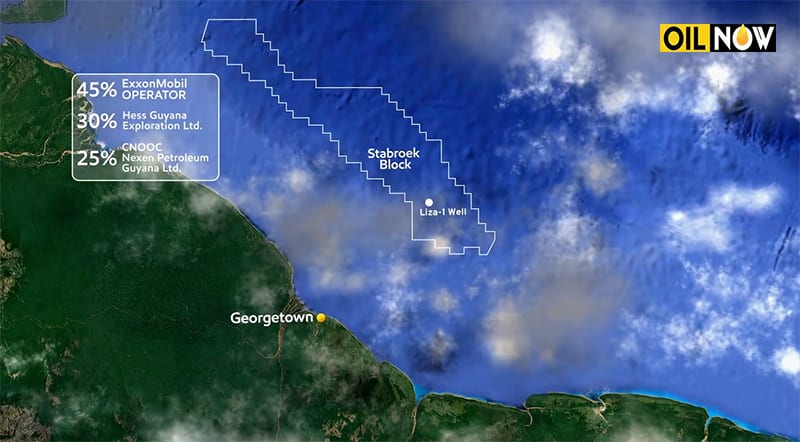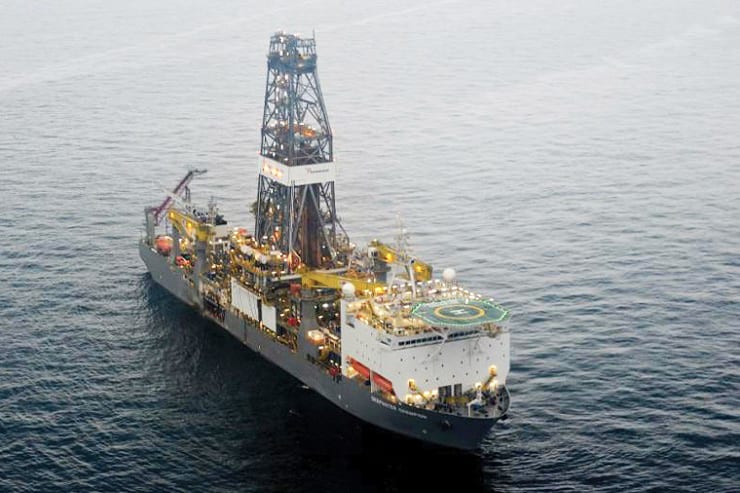Liza, the now well off the coast of Guyana, earned the nickname “well from hell” during its drilling phase, as recounted by former ExxonMobil geoscientist Scott Dyksterhuis. Convinced there was a significant oil reserve more than three miles beneath the seabed, Dyksterhuis faced immense challenges to prove its existence. He shared his story in an Aug 1. article published on Bloomberg.
Despite being a high-risk endeavor, Dyksterhuis and his colleagues presented promising data about Liza to Exxon’s top geoscientists in late 2013. Their efforts initially failed to gain approval, with many in the industry viewing the region as a poor bet due to numerous previous dry holes.
ExxonMobil’s Liza projects cop excellence award | OilNOW
Undeterred, he recalled that a small team at Exxon devised a strategy to minimize financial risk by securing partners to share the cost. This plan was crucial, as the drilling would cost “at least US$175 million.” Eventually, Hess and CNOOC joined the venture, taking significant stakes and reducing Exxon’s financial burden.
“I bet my whole career on Guyana” – former Hess Exec. Tim Chisholm
Exxon hired Transocean Ltd.’s Deepwater Champion to drill the well, a complex operation that soon faced severe setbacks. Equipment failures and the need to drill a side-track hole led to costs exceeding $1 million a day, with the project briefly compromised.
Liza was biggest, best prospect in a basin with zero discoveries…next target was a dry hole | OilNOW
The well earned its infamous moniker due to these challenges.
On May 5, 2015, Liza struck oil, confirming the presence of vast reserves. This discovery transformed Guyana’s economic prospects, making it a major player in the global oil industry. Dyksterhuis and his team’s persistence paid off, validating their risky bet on what many had deemed an unlikely venture.




